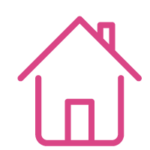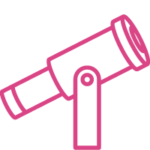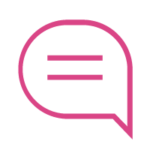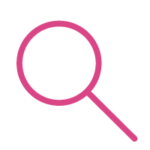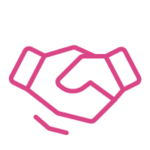Commitments
The foundation’s main goal in achieving its mission is to achieve the full inclusion of people with Autism Spectrum Disorder in the community throughout their life cycle.
To achieve this goal, we have developed a comprehensive and transversal model of care for people with ASD and their families. This ensures care throughout the person’s life cycle. The development of this model of care is an alternative to current models and emphasises the need to empower all stakeholders, especially those who are part of the family nucleus.
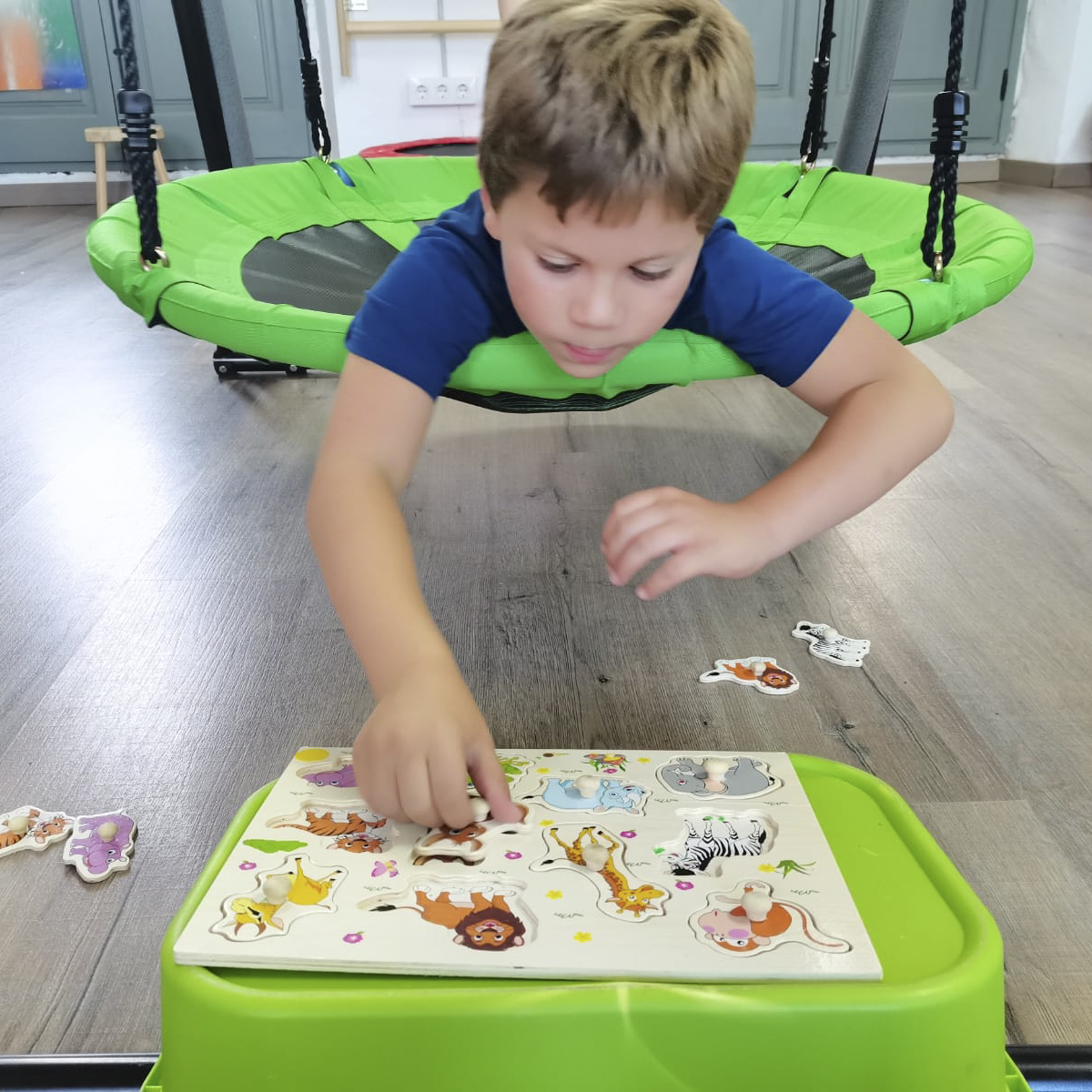
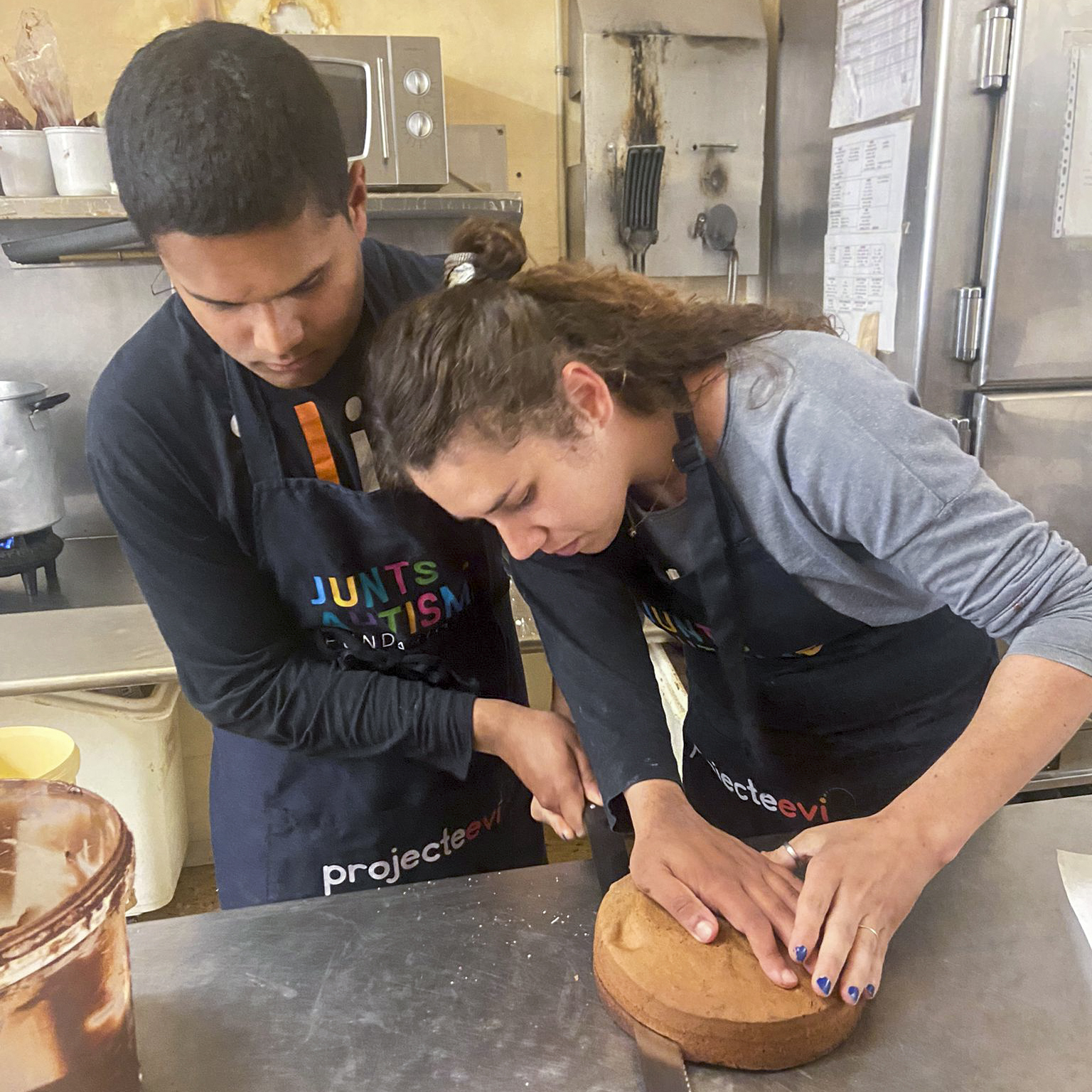
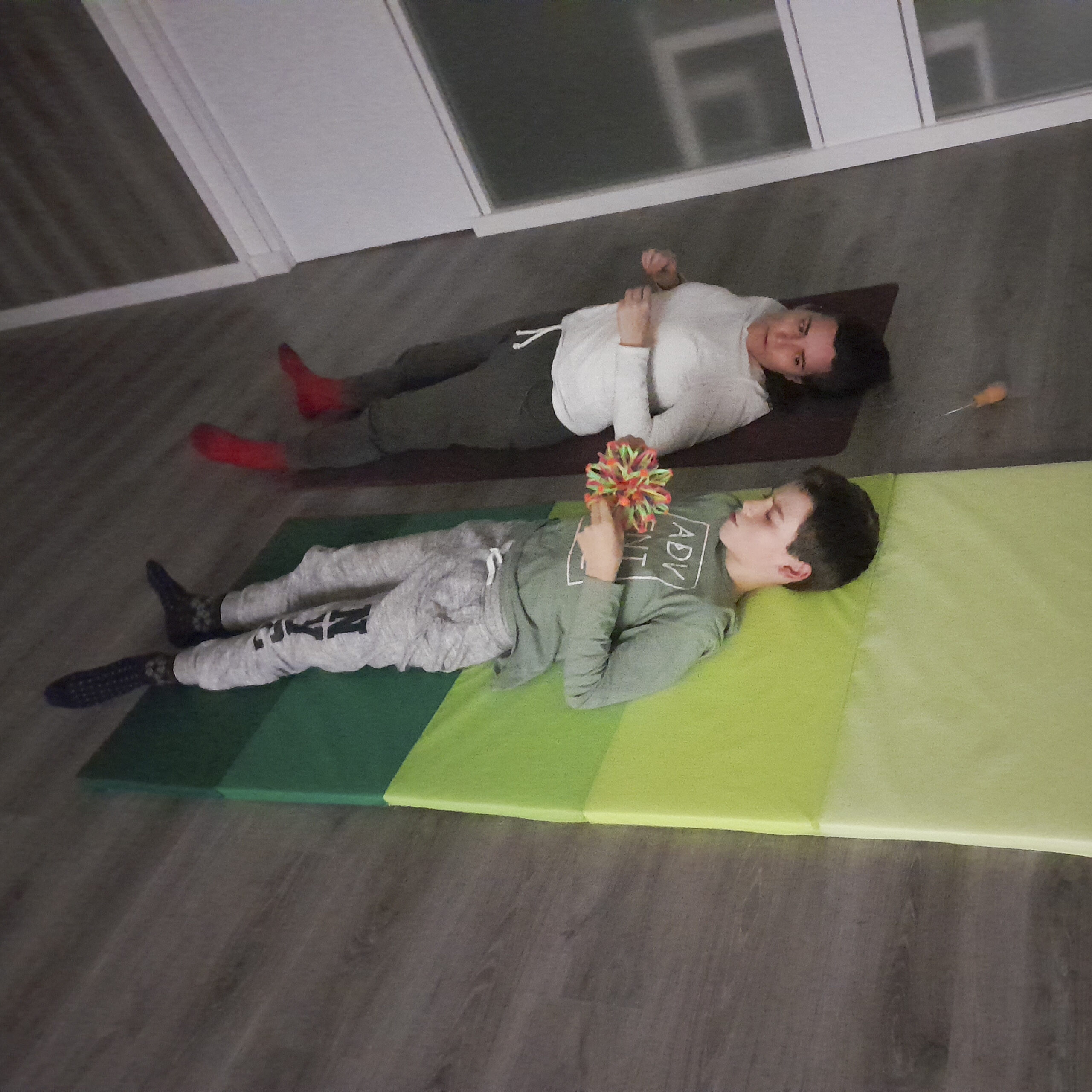
This comprehensive model contributes to “The International Convention on the Rights of Persons with Disabilities”. (UN CRPD), especially Article 19, which establishes and defends the “right to live independently and to be included in the community” of people with disabilities. We work under the premises established by the “Law of Equality, Non- Discrimination, and Universal Accessibility” (LIONDAU).

It also aligns with the central and transformative promise of the 2030 Agenda to “Leave no one behind” and its 17 Sustainable Development Goals.
The central and transformative promise of the 2030 Agenda to “leave no one behind” clearly states that:
“Leaving no one behind means not only reaching the poorest of the poor, but also tackling discrimination and growing inequalities within and between countries and their root causes. Leaving no one behind forces us to focus on the discrimination and inequalities (often multiple and intersecting) that undermine people’s status as rights holders. Many of the barriers people face in accessing services, resources and equal opportunities are not simply accidents of fate or a lack of available resources, but the result of discriminatory laws, policies and social practices that leave certain groups of people further and further behind”. (UNSDG 2015)
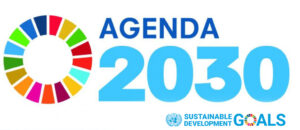
Of the 17 United Nations Sustainable Development Goals (hereafter SDGs), SDG 10, Reducing inequalities,identifies the need to reduce inequalities between countries, but also within countries, to ensure that no one is left behind. SDG 10 highlights that “although social protection has increased significantly worldwide, people with disabilities are up to five times more likely to face catastrophic health costs” (UN 2015).
Targets 10.2 and 10.3 of this SDG10 advocate for equal rights and opportunities for persons with disabilities and the obligation of states and societies to promote and support policies, legislation and measures to achieve this.
-
-
- 10.2 By 2030, empower and promote the social, economic and political inclusion of all, irrespective of age, sex, disability, race, ethnicity, origin, religion or economic or other status.
-
-
-
- 10.3 Ensure equal opportunity and reduce inequalities of outcome, including by eliminating discriminatory laws, policies and practices and promoting appropriate legislation, policies and action in this regard.
-

For its part, the European Commission stipulates that Member States must implement appropriate reforms of care systems, introducing measures to strengthen the transition from institutional to community-based services (deinstitutionalisation), in accordance with the provisions of the Convention on the Rights of Persons with Disabilities (UN CRPD), the Convention on the Rights of the Child (UNCRPD) and the European Convention on Human Rights.
The European Commission opens the section on deinstitutionalisation in its social inclusion policy “Cohesion Policy 2021-2027” with the following paragraph:
“Across the European Union, hundreds of thousands of people with disabilities, mental health problems, the elderly or abandoned and vulnerable children live in segregated institutions. Originally set up to provide care, food and recreation, these institutions have been shown to fail to provide person-centred services or the appropriate support needed to promote full integration. The physical separation of communities and families severely limits the ability and willingness of people living or growing up in institutions to participate fully in their community and wider society”. (European Commission n.d.)
The European Commission establishes the “European Disability Strategy 2010-2020” as a framework for states and civil society organisations to follow in order to enable people with disabilities to participate in society and ensure that they can exercise their fundamental rights. The strategy focuses on the removal of barriers and identifies “eight fundamental areas of action: accessibility, participation, equality, employment, education and training, social protection, health, and external action.” (European Comission 2010)
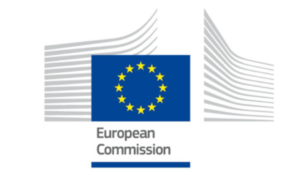
The Independent Living Movement began in 1962 when the University of Berkeley in the United States admitted its first disabled student, Ed Roberts. Ed Roberts soon became a major activist and campaigner for the civil rights of people with disabilities. A large community of independent living activists was created. Among other things, they opened the first Center for Independent Living (CIL) at the University of Berkeley.
From our beginnings, we have embraced the message behind the Independent Living Movement: ‘There are no disabled people, only disabled societies.
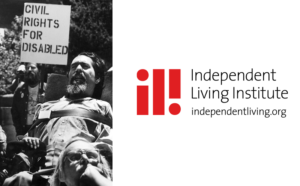
Fundació Junts Autisme’s global project is aligned with all the commitments, recommendations and obligations of the aforementioned international organisations, conventions and policies. We have developed and designed a holistic project that contributes to the achievement of these international and European objectives, and we therefore count on the support of this framework for its implementation.
In particular, the “Projecte EVI” and the “Living Together Project“ are based on the principle of promoting equal opportunities and rights for people with disabilities. They focus on combating inequality in the realisation of the rights of people in vulnerable situations. These projects are based on the eight main fields of action recommended by the European Commission: accessibility, participation, equality, employment, education and training, social protection, health and external action. Through their diverse programmes and activities, they aim to integrate these eight areas into the lives of people with Autism Spectrum Disorder (ASD) and high support needs.

